| Andrea Droghetti - Adriana I. Figueroa - Joaquin Fernandez-Rossier - Lucia Aballe - Maxim Ilin - Núria Bagués - Pawan Kumar - Pierre-Jean Zermatten - Sandra Ruiz - Vitaliy Feyer | |
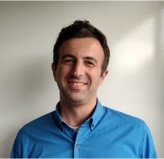 | Andrea DroghettiAssistant Professor in Condensed Matter TheoryCa' Foscari, University of Venice, ItalyDr. Droghetti is a computational Physicist whose research interests span from the electronic structure of materials to quantum transport and correlated electronic systems. He earned a PhD in Physcis from the Trinity College Dublin (ireland) in 2012. From 2014 to 2016, he led the European project 'Electrical Spin Manipulation in Electroactive Molecules' as principal investigator under the European Young Explorers' FET-Open initiative. In 2016, he was awarded a Marie Sklodowska-Curie Individual Fellowship by the European Commission to conduct research at the University of the Basque Country (Spain). In Autumn 2019 he received the University Research Fellowship from the Royal Society and returned to Trinity College Dublin, where he established the Quantum Transport and Spectroscopy Group. In 2024, he joined the SPIN Institute of the National Research Council of Italy as a research scientist and was later appointed assistant professor in condensed matter theory at Ca' Foscari University of Venice. In 2025, he successfully passed the Italian qualification for associate professor.
|
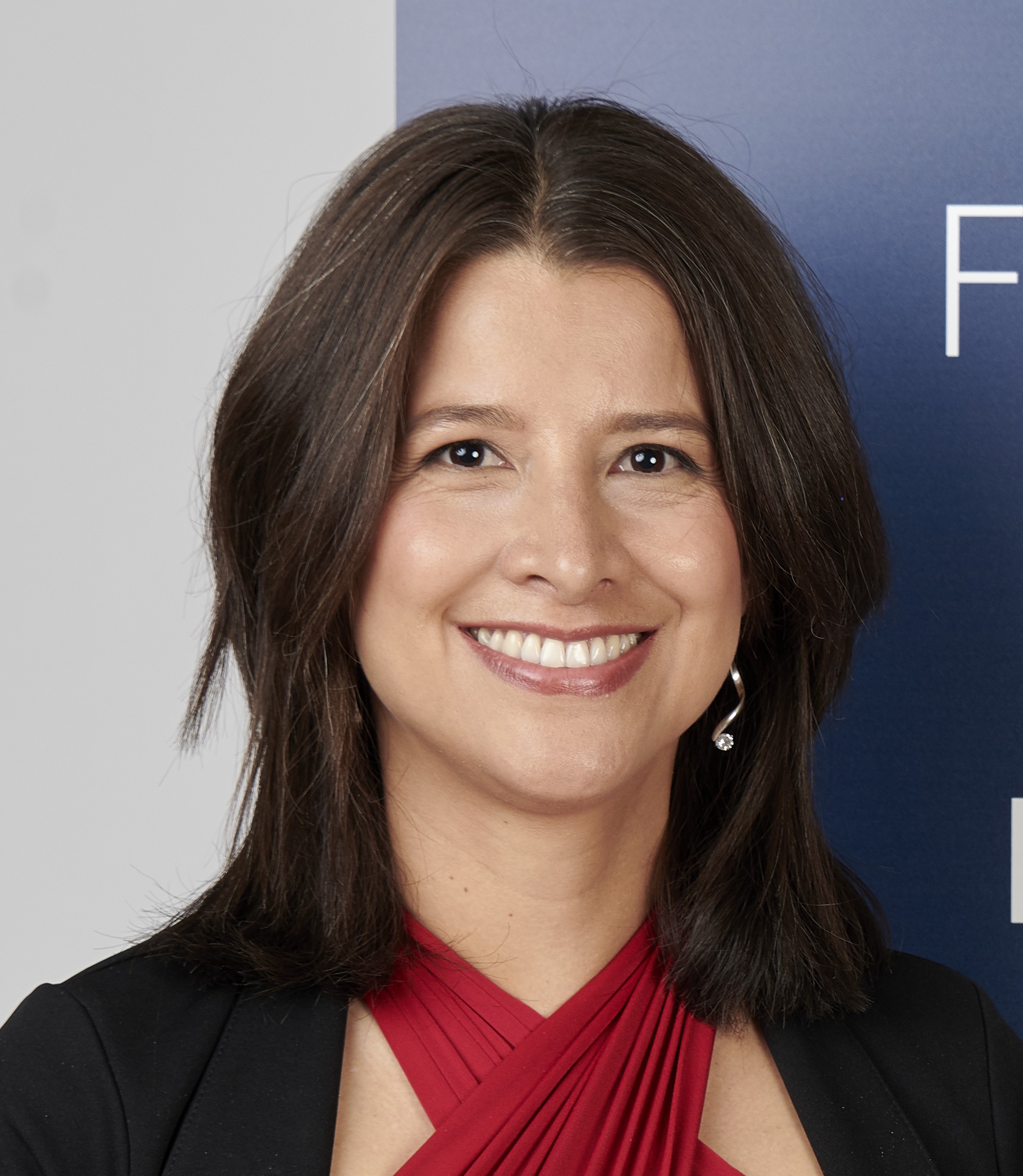 | Adriana I. FigueroaCondensed Matter Physics Department and Institute of Nanoscience and Nanotechnology (IN2UB), University of Barcelona, SpainDr. Adriana I. Figueroa is a researcher in experimental condensed matter physics, who focuses on investigating the interplay between structural, electronic and magnetic properties of nanomaterialsusing conventional and advanced characterization tools. She completed her B.Sc. in Engeneering Physics in the Universidad del Cauca, Colombia in 2028, her master's in Physics and Physical Technologies in 2009, and her PhD in Physics in 2012 in the Materials Science Institute of Aragon, CSIC-Universidad de Zaragoza, Spain. After a four-years post-doctoral stay in Diamond Light Source in the United Kingdom and almost five years in the Catalan Institute of Nanoscience and Nanotechnology in Barcelona, she joined the Condensed Matter Physics Department of the Universitat de Barcelona, Spain, as a Lecturer (Serra Húnter program) in January 2022, where she currently combines her teaching duties with research in the advanced characterization of nanomaterials.
|
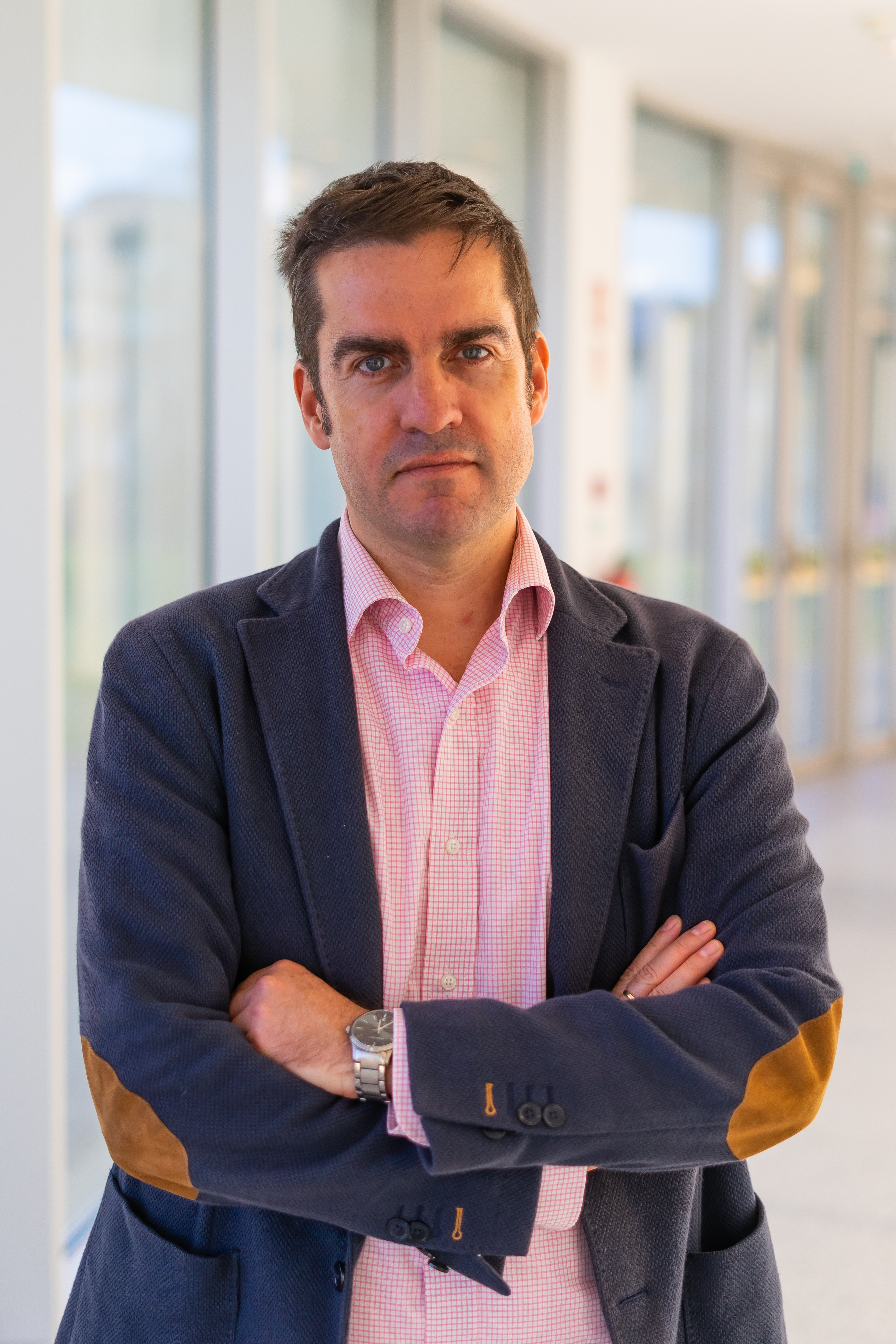 | Joaquín Fernández-RossierLeader of the Group of Theory of Quantum NanostructuresJoaquín Fernández-Rossier is currently the leader of the Group of Theory of Quantum Nanostructures. He is a condensed matter theorist with an interest in quantum phenomena at the atomic scale, quantum materials, quantum sensing and quantum simulation in quantum computers. He holds both a Diploma (1994) and a PhD (1999) in Physics from the Universidad Autónoma de Madrid. He spent 2 years (1999-2001) as a postdoctoral researcher at the Physics Department of the University of California San Diego and 18 months (2001-03) at the Physics Department of the University of Texas at Austin. In 2003 he obtained a Ramon y Cajal assistant professor position at the Universidad de Alicante, and he was promoted to a permanent position in 2008 and to an associate professor (professor titular) in 2009. He joined INL in 2011.
|
 | Lucia AballeHead of the Multidisplinary and Multi-modal Section, ALBA Synchrotron (Barcelona, Spain)Lucia Aballe joined ALBA in 2006 after a PhD at the Fritz Haber Institute of the Max Planck Society in Berlin (Germany) and four years as a postdoctoral fellow at the Elettra Synchrotron in Trieste (Italy). She was responsible for the CIRCE beamline for photoemission spectroscopy and microscopy from its design until 2020 when she joined the MISTRAL beamline for transmission x-ray microscopy and tomography. Her own research is centered around the electronic and magnetic structure of surfaces, thin films and nanostructures and their tuning by parameters such as size, composition, or strain. Since 2023 she manages the new Interdisciplinary and Multimodal Section of the Experiments Division as well as the InCAEM project (In Situ Correlative Facility for Advanced Energy Materials). This section is in charge of developing tools and methods to be put at the service of the scientific community, such as multi-modal experiments combining x-ray techniques, electron and scanning probe microscopies, and advanced data analysis.
|
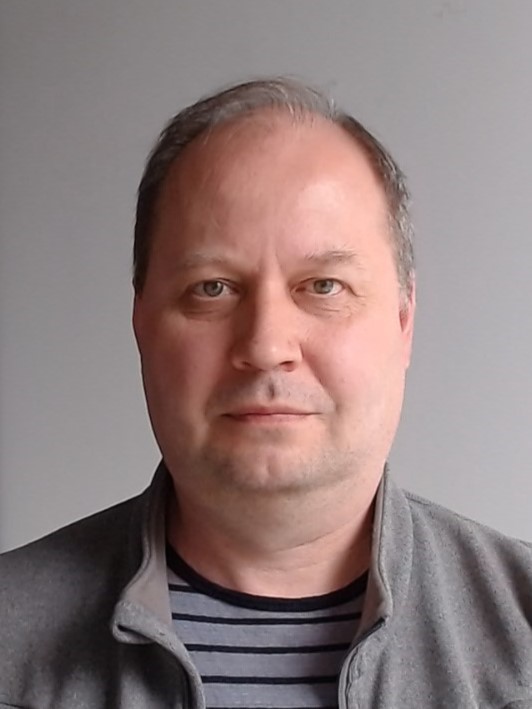 | Maxim IlinScientist, Materials for Quantum Technologies group, Materials Physics Center CSIC-UPV/EHU, SpainGraduated from the Department of Physics of Moscow State University (2006). Topic of the PhD thesis was concerned with investigation of the magnetic first-order phase transitions and magnetocaloric effect. After a postdoctoral term in the Department of Applied Physics of the University of Basque Country, in 2011 he joined the surface science group (Nanophysics Lab) in the Materials Physics Center CSIC-UPV/EHU (Donostia, Spain) where he was studying magnetic and electronic properties of the metallic and metalorganic single layers and heterostructures. Since 2024, he is a tenured scientist of Spanish Research Council (CSIC) and a member of Materials for Quantum Technologies group in the Materials Physics Center CSIC-UPV/EHU (Donostia, Spain). His work is focused on the development of materials and devices for superconducting electronics and quantum technologies, especially based on the heterostructures superconductor/magnetic semiconductor and Van der Waals materials.
|
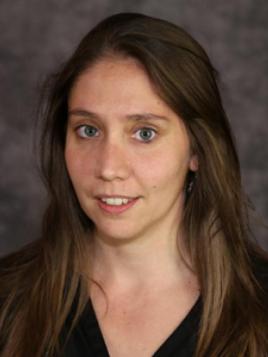 | Núria BaguésScientist at the Interface X-ray -TEM, Interdisciplinary & Multimodal section, ALBA Synchrotron (Barcelona, ES)Dr. Núria Bagués received her Ph.D. in Materials Science from the Autonomous University of Barcelona (UAB) in 2017. The same year, she joined the Center for Electron Microscopy and Analysis (CEMAS) at the Ohio State University (OSU) as a Research Associate. She was appointed Assistant Professor in Practice in the Department of Materials Science and Engineering at OSU in July 2022. She joined the ALBA Synchrotron as a Transmission Electron Microscopy (TEM) Scientist. Dr. Bagués' research expertise lies in the application of high-resolution (scanning) transmission electron microsocopy ((S)TEM)) combined with spectroscopic techniques, including energy-dispersive X-ray spectroscopy (EDS) and electron energy loss spectroscopy (EELS) , to investigate the microstructure, interfaces, and defects of complex oxide epitaxial films and functional nanostructures. Her recent work has expanded to emcompass in situ (S)TEM characterization of materials under dynamic environmental conditions.
|
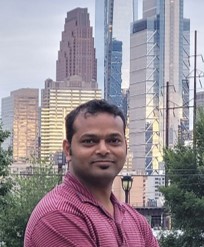 | Pawan KumarR&D Scientist, IMEC (Belgium)Dr. Pawan Kumar is a member of the R&D staff at IMEC-Belgium in the 2D-materials growth team, working for IMEC's Exploratory Logic Program. He earned his PhD in Materials Engineering and graduated from the Indian Institute of Technology-Mandi, India in 2028, specializing in CVD growth, phase engineering, and optoelectronic applications of 2D layers. Later, from 2019 to 2022, he completed post-doctoral research at the University of Pennsylvania with Prof, Deep Jariwala and Prof. Eric Stach in the Department of Electrical Engineering and Materials Engineering, where significant research was conducted for the development of an ultra-thin photonics platform using wafer-scale monolayer TMDs, as well as in-situ electron microscopic diffusion studies. He joined IMEC-Belgium in 2022 and is currently working to advance the industrialization of 2D layers MOCVD epitaxial growth, integrating up to 300 mm wafers to fulfil future alternatives to silicon CMOS logic. He also employs various techniques to reduce defectivity up to wafer-scale analysis.
|
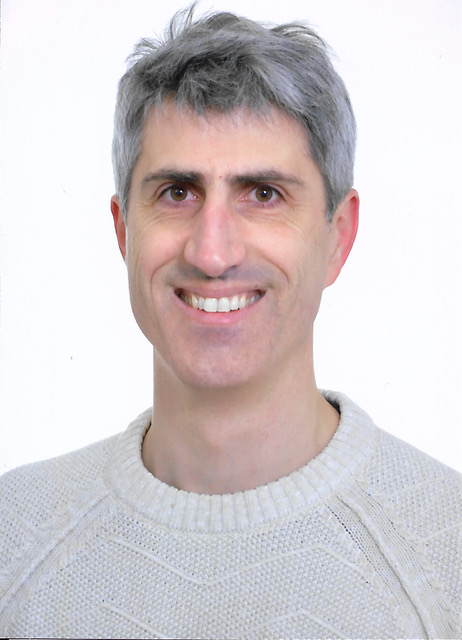 | Pierre-Jean ZermattenChief Operating Officer NISE department , Max Planck Institute Microstructure Physics, Halle (Germany)Dr. Pierre-Jean Zermatten obtained his PhD in Condensed Matter Physics with specialisation in Spintronics from the Universite de Grenoble in 2008 under the supervision of Prof, Alain Schul. In the SPINTEC laboratory he studied the influence of the interfaces on the electronic properties of the fully epitaxial magnetic tunnel junstion Fe/MgO/Fe (100). He did his postdoc at the Universite de Sherbrooke (Quebec, Canada) in the Plasmonic and Optoelectric laboratory of Prof. Paul Charette, where he worked on the development of a surface-plasmon resonance based bio-sensor. Later he was de University representative for a R&D project between Teledyne DALSA semiconductors, the Universite de Sherbrooke and Polytehcnique Montreal. Since 2014 he has been working as a scientist at the Max Planck Institute for Microstructure Physics in the NISE department of Prof. Stuart Parkin. He led the development of an advanced thin films deposition and analysis cluster. He is currently chief operating officer of NISE.
|
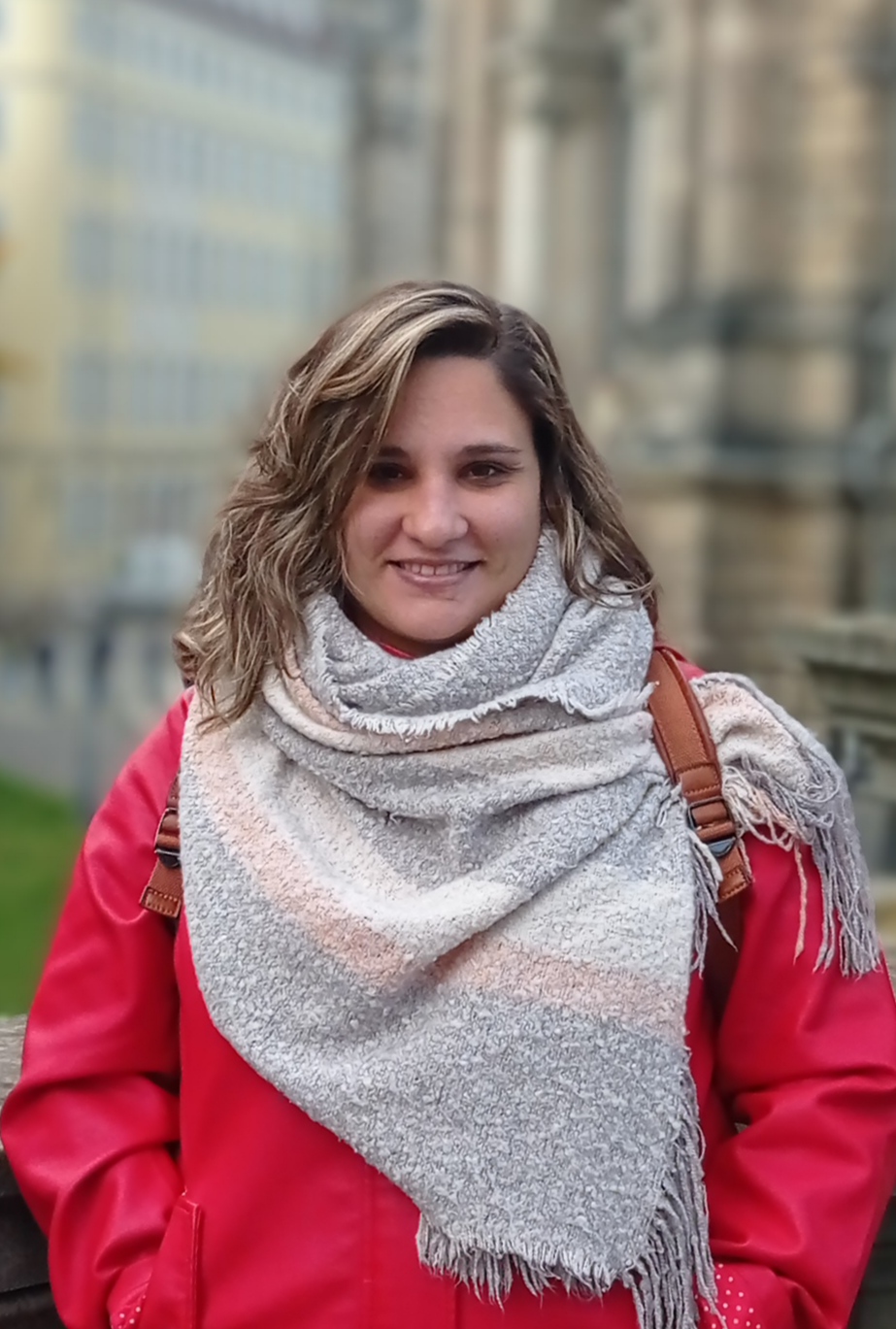 | Sandra RuizHead of the TEM and X-Ray Interfaces Group, ALBA Synchrotron (Barcelona, ES)Following her MPhys at UCM (Madrid), Sandra carry out her PhD studies in the same university studying Nanomaterials for Magnetic Data Storage. In 2020 she joined the CIRCE beamline at ALBA as a postdoctoral scientist, contributing to developing the beamline's capabilities and supporting users. In September 2022 She moved to Germany where she joined the Spin3D group at the Max Planck Institute CPfS in Dresden as an Alexander von Humboldt Fellow and later, as a Marie Curie Fellow. She is currently back at ALBA as a head of the TEM and X-ray interfaces group. She is interested in having a deeper understanding of the 3D magnetic configuration and the magnetization dynamics of 3D nanosystems for spintronics applications.
|
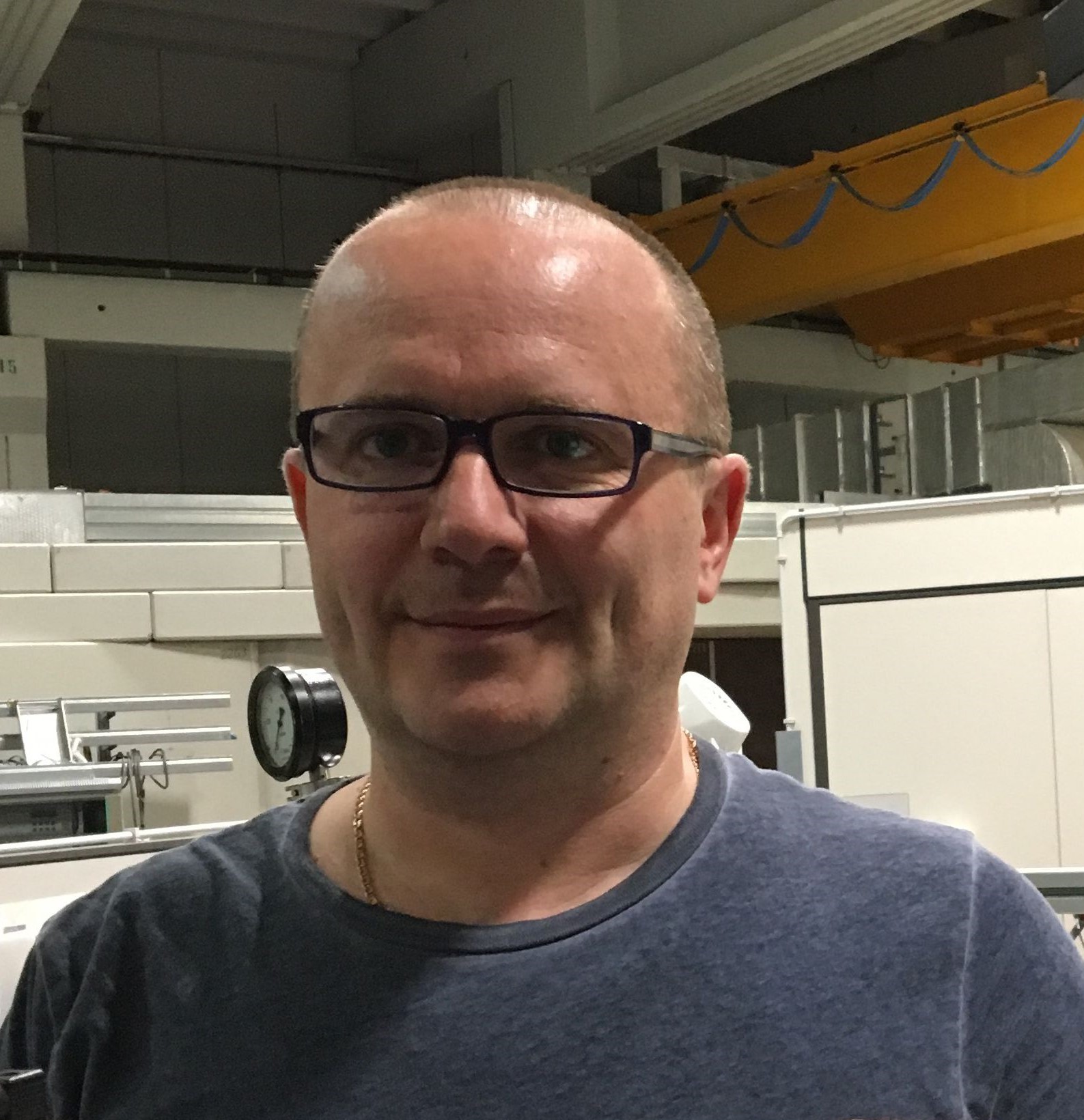 | Vitaliy FeyerScientist, Peter Grünberg Institute (PGI-6), Forschungszentrum Jülich GmbHScientist at the Peter Grünberg Institute, Forschungszentrum Jülich, Germany, where his research focuses on low-dimensional quantum materials, including inorganic 2D systems, nanostructures, and 2D metal-organic frameworks (MOFs). His work integrates on-surface synthesis, advanced nanoscale characterization, and functional analysis to control interfacial phenomena. Specializing in synchrotron-based spectroscopy, he employs techniques such as Photo Emission Electron Microscopy (PEEM) for momentum resolved mapping of electronic and spin-polarized states, and X-ray absorption spectroscopy (XAS) combined with X-ray magnetic circular dichroism (XMCD) to investigate element-specific magnetic properties of 2D-materials. |

